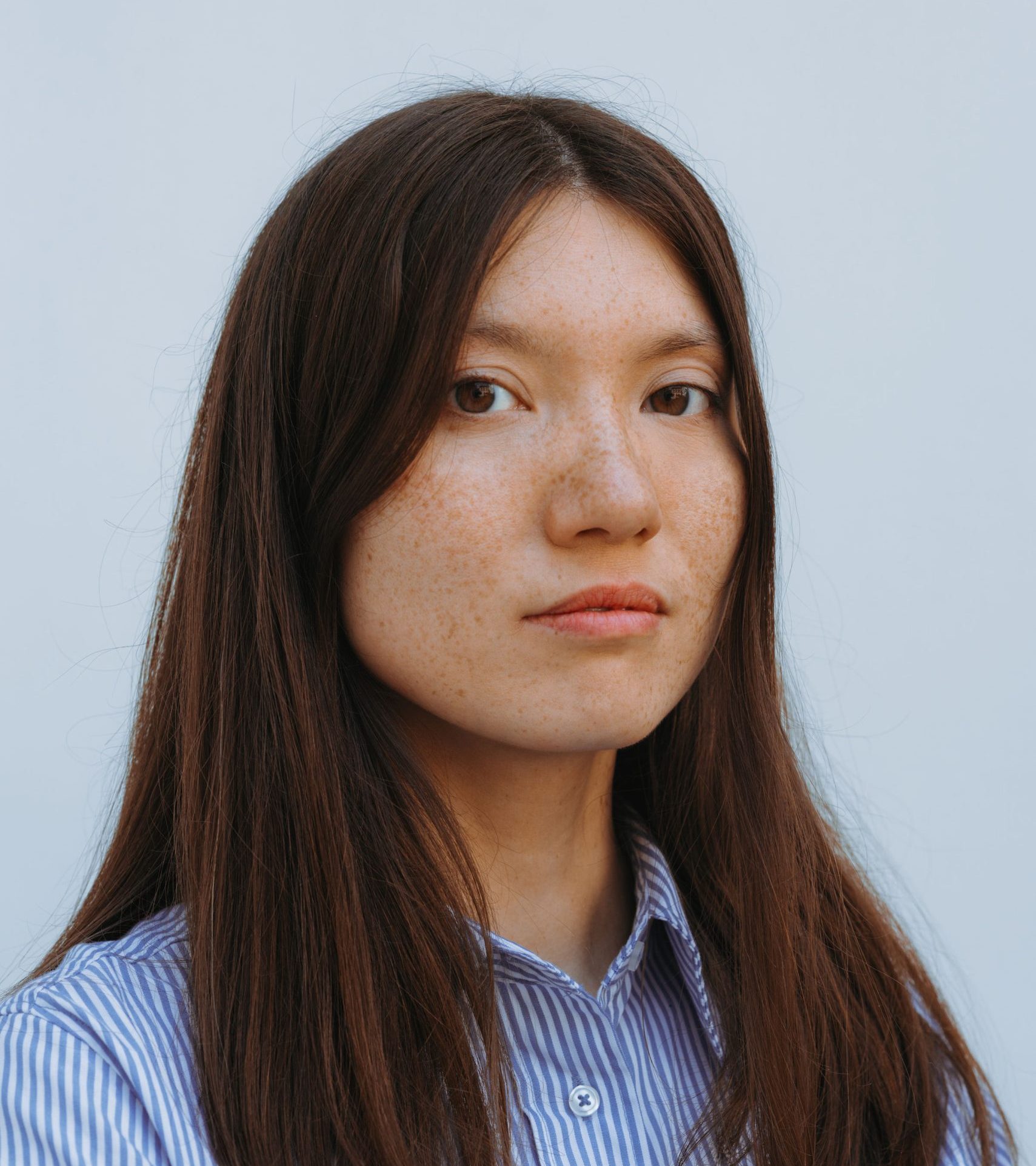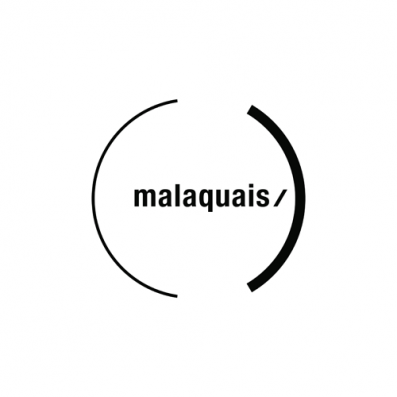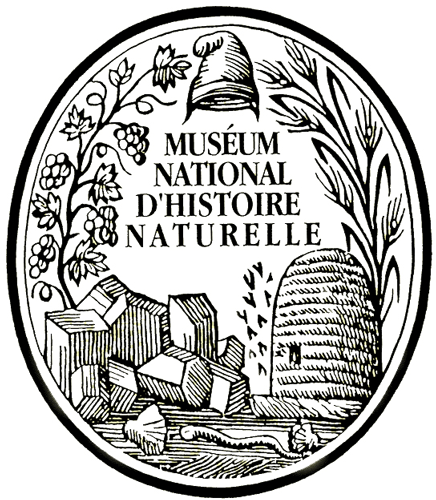Delphine Lewandowski
Architect and Researcher
June-July 2026

- Architecture
- Boston
- New York
“This project is part of my broad research agenda: to understand how our perceptions of the world and nature – which I call cosmologies – influence the design of the built environment.”
I am an architect, artist, and researcher. I grew up largely cut off from direct contact with natural environments, and early on I came to understand that such connection is both a privilege and a foundation for care. My upbringing in a Sino-Mauritian family also gave me a different perspective on climate, the living world, and human-nature relationships, something that continues to shape my work.
I chose architecture because it offered a way to bridge art and science, theory and practice. From the beginning of my studies, I was drawn to aspects of nature often overlooked in architecture, especially the non-human lives that inhabit our built environments, like living insects, on which I conducted my final research thesis. This led me to develop a multidisciplinary practice rooted in philosophy of nature, environmental ethics, materials and ecological sciences.
I earned my professional license in 2019, affirming my commitment to practice, and completed my PhD in 2023 at the Paris-Malaquais School of Architecture–PSL, in partnership with the Muséum national d’Histoire naturelle. There, I developed and prototyped biodiverse walls, living architectural systems designed to host spontaneous flora and insects, in collaboration with the firm ChartierDalix.
My aspiration is to rethink architecture’s role in a time of climate, biodiversity and social crisis. I advocate for designs that support multispecies life and integrate alternative cosmologies, ways of seeing and valuing nature differently. I will continue this exploration at Villa Albertine, focusing on American earth-sheltered buildings as rich case studies.
Delphine Lewandowski is a Franco-Mauritian architect and Assistant Professor of Architecture at Penn State University. Also a researcher and artist, her work explores the intersections of architecture, ecology, and environmental ethics. During her PhD, she developed “biodiverse walls”, walls that support spontaneous flora and insects with minimal human intervention. Her projects have received several awards, including the international “PhD Dissertation on Cities Award” by the PUCA (French Government). She is currently investigating alternative cosmologies in architecture and how different conceptions of nature shape the built environment.
My project for the Villa Albertine, “The Life of Earth-Sheltered Buildings: Alternative Cosmologies in Architecture”, investigates the legacy and contemporary importance of the underground architecture movement that emerged in the United States during the 1960s-1980s, concomitant to the oil crisis of 1973. Represented by architects like Malcolm Wells, the movement brought radical alternatives to modern architecture through earth-sheltered constructions and pioneering ecological principles.
The proposal is part of my broad research agenda: to understand how our perceptions of the world and nature – which I call cosmologies – influence the design of the built environment. To address current ecological and social crises, I argue that architectural practice must fundamentally challenge the anthropocentric view of nature. This perspective aligns with the latest report by the Intergovernmental Platform on Biodiversity (IPBES), which urges policymakers to embrace diverse values of nature to tackle biodiversity erosion and climate change. In that context, I am studying multiple cases around the world that present alternative worldviews and approaches to architecture.
Earth-sheltered buildings, which are covered with soil on the roof or embedded in the ground, prioritize harmony with ecosystems through roof vegetation, reduced environmental impact with biosourced materials, and bioclimatic strategies based on wind and sun exposure. While largely understudied and almost unknown in France, their principles strongly resonate with contemporary ecological architecture and efforts to integrate nature into design, such as the biodiverse walls I designed and studied during my Ph.D.
The United States is the birthplace of the underground architecture movement, and its history offers a unique opportunity to study how the intersection of architecture, ecology, and environmental ethics developed during the late 20th century. This movement emerged from the distinct cultural and ecological context of the U.S., shaped by a rising environmental consciousness following the 1973 oil crisis. Studying it in its original context is essential to fully understand its values, techniques, and potential significance for contemporary architecture.
My exploratory residency will be based in New York and Boston, the closest Villa Albertine locations to key earth-sheltered buildings. These cities provide access to major architectural archives and actors, and serve as bases for exploring the sites themselves. The territories I have identified – Massachusetts and New Jersey – are central to this research. Massachusetts is home to Malcolm Wells’ Underground Art Gallery and John Barnard Jr.’s (partially unbuilt) Ecology House, while New Jersey features Wells’ Office in Cherry Hill. Through site visits and surveys, I will examine how these buildings interact with their ecosystems, document their current states, and study the architectural principles they embody.
The U.S. context also offers a broader cultural dimension. My research is guided by the hypothesis that the underground architecture movement may have drawn inspiration from vernacular and Indigenous building traditions in North America, which emphasize alternative cosmologies and relationships to nature. Exploring these connections in situ will allow me to examine how they may have influenced the movement. This perspective is particularly relevant in light of contemporary discussions on decolonizing architecture and integrating Indigenous knowledge into design practices.
In partnership with

École nationale supérieure d’architecture Paris-Malaquais
The École nationale supérieure d’architecture Paris-Malaquais was created in January 2001. Established in the heart of Paris, on the historic site of architectural studies that it shares with the École des Beaux-Arts, ENSA Paris-Malaquais is both a young school and the heir to a long tradition. It is part of the network of 20 schools of architecture under the supervision of the French Ministry of Culture and the Ministry of Higher Education, Research and Innovation.

Musée National d’Histoire Naturelle

